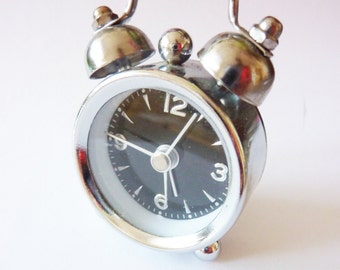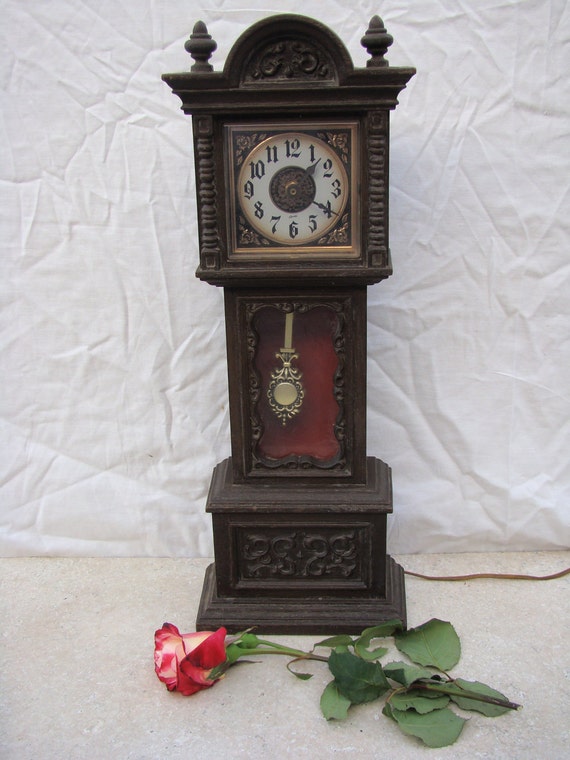
Examine the clock for the marker’s signature or label. Typically, the item must be more than 100 years old to be considered an antique.īut not every antique is valuable, and markets are cyclical, so what might be worth a lot one year might be worth something very different 10 years later.ĭespite the unpredictable market, there are several criteria for assessing the value of your antique clock you own or are considering purchasing.įirst, you need to properly identify the type of clock. An antique is any collectible item - from a piece furniture or artwork to a ring or a clock - that has high value because of its age. To determine the value of an old clock, first, you should know what makes something an antique. Whether you found an antique longcase clock in your grandmother’s basement or you spotted an authentic Black Forest cuckoo clock at your neighbor’s garage sale, you probably want to know if you’ve discovered something of value that might appreciate over the years.

George Nelson felt confident in his ideas about design and didn’t mind letting the world know.Here are seven factors to consider when determining the value of an antique clock. But still, as is evident from the offerings from dealers on these pages, in any of the designs, in any iteration whose manufacture Nelson oversaw and encouraged, there are shining elements of lightness, elegance, sophistication - and a little bit of swagger.

Nelson was in on it from the start, and it’s valuable to have a piece that was there with him.
1950S SWING CLOCK MINI GRANDFATHER SERIES
Nelson’s New York team of designers (who were rarely individually credited) would create such iconic pieces as the Marshmallow sofa, the Coconut chair, the Ball clock, the Bubble lamp series and the many cabinets and beds that comprise the sleek Thin-Edge line.įor dedicated collectors, as well as for interior designers who look beyond “the look,” there is a “cool-factor” inherent to vintage pieces from George Nelson and others. Thanks to a clever contract, at the same time as he directed Herman Miller he formed a New York design company, George Nelson & Associates, that sold furniture designs to the Michigan firm, as well as its competitor, the Howard Miller Clock Company. To Herman Miller he brought such eminent creators as Charles and Ray Eames, Isamu Noguchi, and the textile and furniture designer Alexander Girard. There Nelson’s curatorial design talents came to the fore. De Pree, the owner of the furniture maker Herman Miller, was so impressed by Nelson that in 1944 - following the sudden death of Gilbert Rohde, who had introduced the firm to modern design in the 1930s - he invited Nelson to join the company as its design director. In the 1940s, Nelson wrote texts that suggested such now-commonplace ideas as open-plan houses, storage walls and family rooms.

Upon receiving his bachelor’s degree in architecture from Yale in 1931, he won the Prix de Rome fellowship, and spent his time in Europe writing magazine articles that helped bring stateside recognition to Ludwig Mies van der Rohe, Gio Ponti, Le Corbusier and other canonical modernist architects.

Nelson came to design via journalism and literature. Architect, designer, and writer George Nelson was a central figure in the mid-century American modernist design movement and his thoughts influenced not only the furniture we live with, but also how we live.


 0 kommentar(er)
0 kommentar(er)
